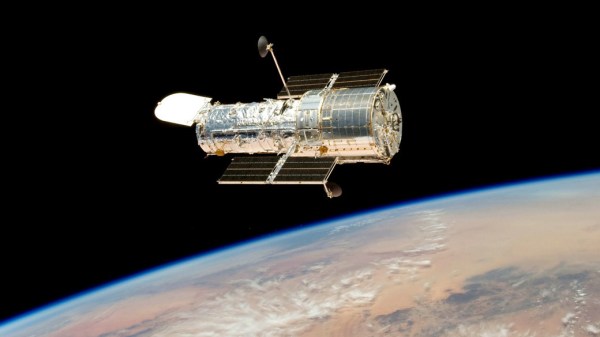Over the years we’ve brought you many stories that follow the world of aviation as it struggles with the arrival of multirotors. We’ve seen phantom drone encounters cause panics and even shut airports, but it’s been vanishingly rare for such a story to have a basis in evidence. But here we are at last with a drone-aircraft collision story that involves a real drone. This time there’s a twist though, instead of one piloted by a multirotor enthusiast that would prompt a full-on media panic, it’s a police drone that collided with a Cesna landing at Toronto’s Buttonville airport. The York Regional Police craft was part of an operation unrelated to the airport, and its collision with the aircraft on August 10th was enough to make a significant dent in its engine cowling. The police are reported to be awaiting the result of an official investigation in the incident.
This is newsworthy in itself because despite several years and significant resources being devoted to the problem of drones hitting planes, demonstrable cases remain vanishingly rare. The machine in this case being a police one will we expect result in many fewer column inches for the event than had it been flown at the hands of a private multirotor pilot, serving only to heighten the contrast with coverage of previous events such as the Gatwick closure lacking any drone evidence.
It’s picking an easy target to lay into the Your Regional Police over this incident, but it is worth making the point that their reaction would have been disproportionately larger had the drone not been theirs. The CTV news report mentions that air traffic regulators were unaware of the drone’s presence:
NAV Canada, the country’s air navigation service provider, had not been notified about the YRP drone, Transport Canada said.
Given the evident danger to aviation caused by their actions it’s not unreasonable to demand that the officers concerned face the same penalties as would any other multirotor pilot who caused such an incident. We aren’t holding our breath though.
Header image: Raysonho @ Open Grid Scheduler / Grid Engine, CC0.



















